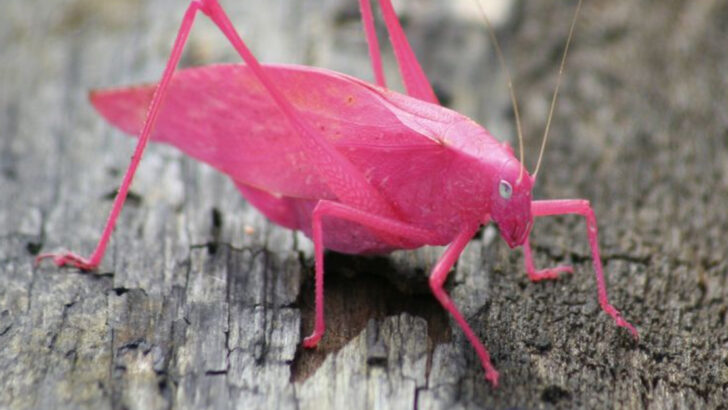Some animals don’t just live in nature—they look like they came straight out of a dream.
Pink fur, feathers, and scales aren’t common in the wild, which makes these creatures even more spellbinding. They’re like walking candy clouds, soft sunsets with wings, or underwater gems that shimmer in shades of bubblegum and blush.
From flamboyant birds strutting through forests to tiny sea creatures glowing like neon cotton candy, these animals don’t blend in—they stun. Each one feels like a secret whispered by the planet’s wildest imagination.
Fairytales didn’t make them up.
Nature did.
Get ready to fall in love with 19 pink animals so adorable, they’ll leave you wondering if magic might actually be real.
Flamingo
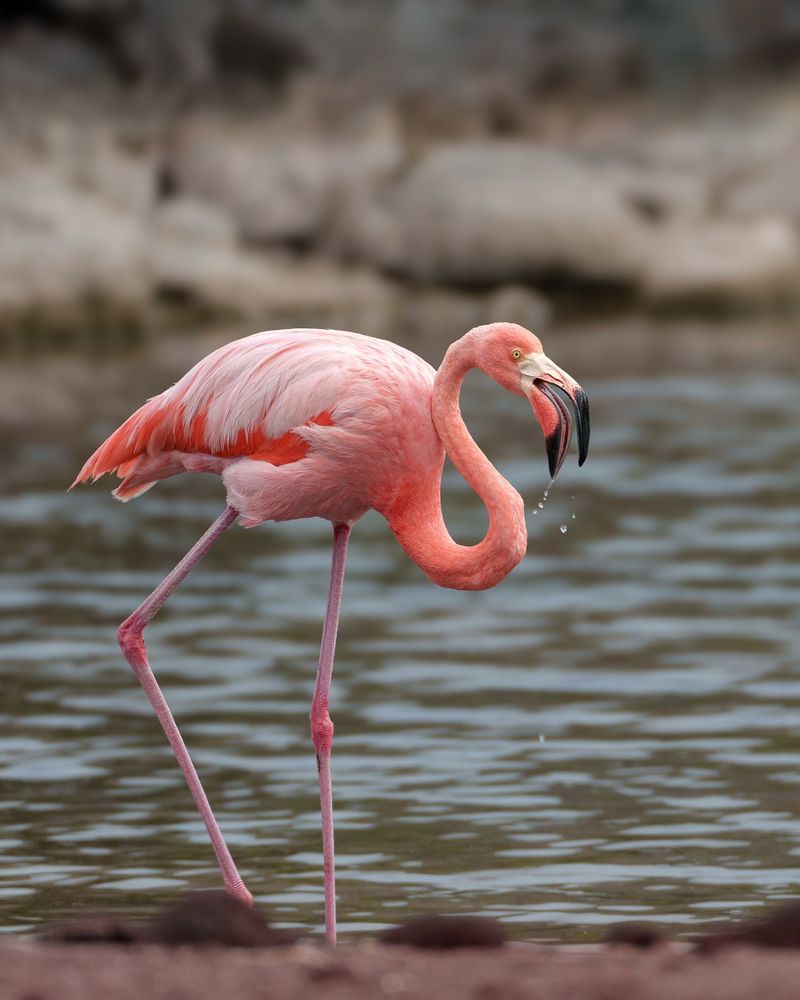
With their striking pink plumage and elegant neck curves, flamingos are the epitome of nature’s artistry. These birds, often seen wading through serene waters, captivate with their synchronized movements.
Standing on one leg, flamingos balance with an effortless grace that seems almost theatrical. Their vibrant color comes from their diet, rich in carotenoids, adding to their allure.
Whether in the wild or at a zoo, their presence is mesmerizing, drawing in spectators with their beauty and elegance. Did you know? Flamingos get their pink hue from the shrimp they eat!
Axolotl
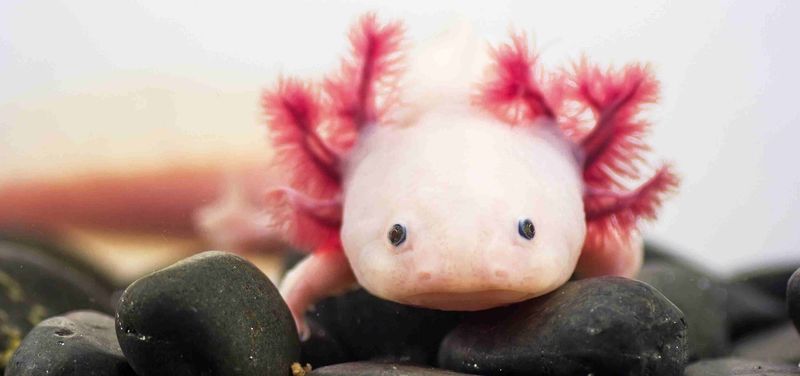
This smiling amphibian, the axolotl, is known not only for its unique appearance but also for its extraordinary regenerative abilities. Native to Mexico, these creatures are sometimes dubbed ‘Mexican walking fish,’ although they’re not fish at all.
With feathery gills that fan out like delicate coral, axolotls seem to be perpetually cheerful, making them a favorite among aquatic enthusiasts. Their pink coloration adds to their charm and distinctiveness.
In captivity, they grace aquariums with a touch of whimsy and wonder. A fun fact: Axolotls can regenerate entire limbs!
Roseate Spoonbill

With a beak like no other, the roseate spoonbill stands out both in looks and behavior. This bird’s bizarre-shaped bill is perfect for sweeping through water to scoop up small fish and crustaceans.
Its feathers, a soft pink, contrast beautifully with the blue skies and green marshlands it often inhabits. These birds are social creatures, often found in groups, making wetlands their vibrant stage.
Their balletic flight is a spectacle, with wings spreading wide to reveal the full spectrum of pinks. Fun fact: The roseate spoonbill’s pigments come from carotenoid-rich food!
Pink Dolphin
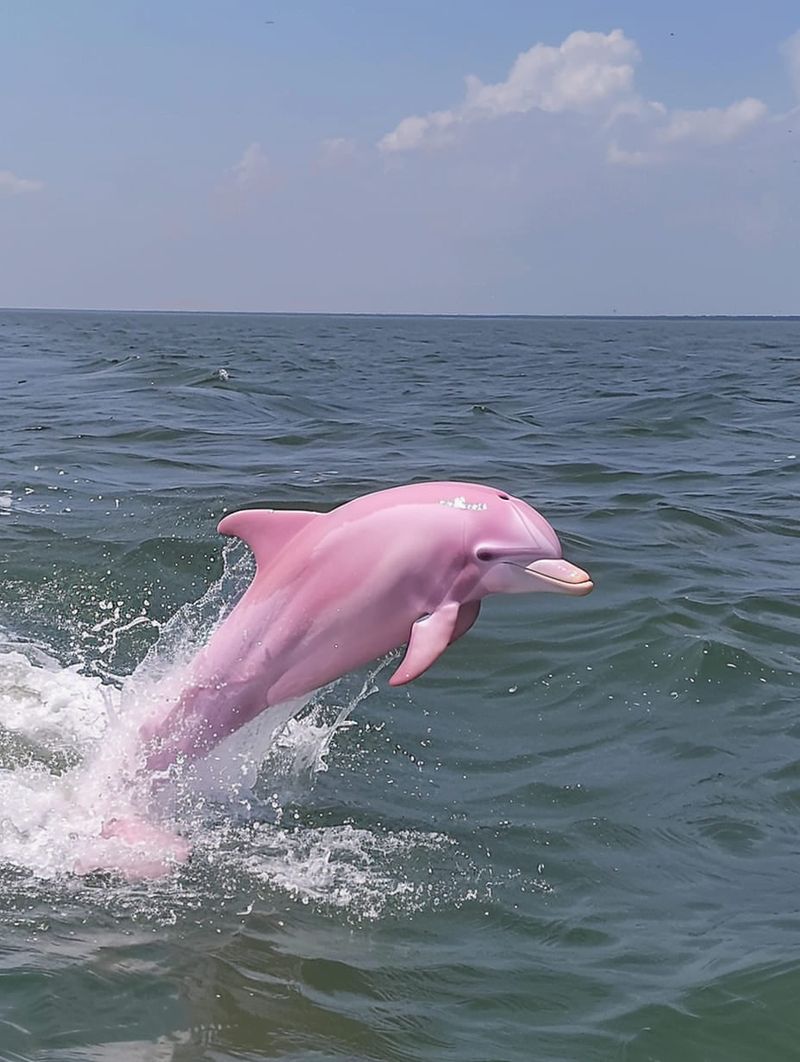
In the waters of the Amazon, the pink dolphin, or boto, glides gracefully, a true spectacle of nature’s palette. Their pink hue intensifies with age, a fascinating transformation that’s unique among dolphins.
Known for their playful interactions, pink dolphins often engage with humans, showing curiosity and intelligence. Their long, slender bodies allow them to navigate the river’s twists and turns expertly.
These gentle creatures are not just beautiful but also vital to their ecosystem. Interestingly, local legends often speak of pink dolphins as enchanted beings.
Galah
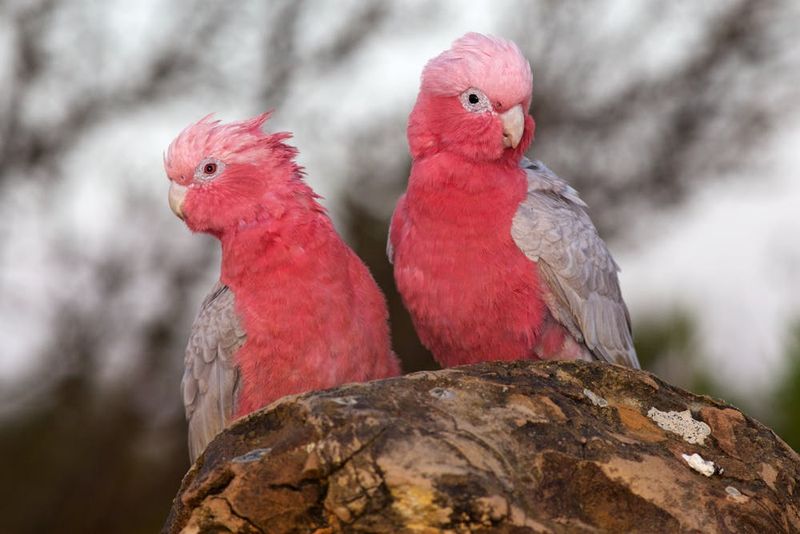
The Galah, or rose-breasted cockatoo, is a vibrant splash of color in the Australian skies. With a playful and social demeanor, these birds are adored both in the wild and as pets.
Their striking pink chest and face contrast with their grey wings, creating a beautiful spectacle during their flight. Galahs form strong bonds with their flocks, communicating through a variety of calls.
As they soar above the outback, their vibrant hues and lively antics enchant onlookers, embodying the spirit of the Australian wilderness. Did you know? Galahs can mimic human speech!
Pink Armored Sea Slug
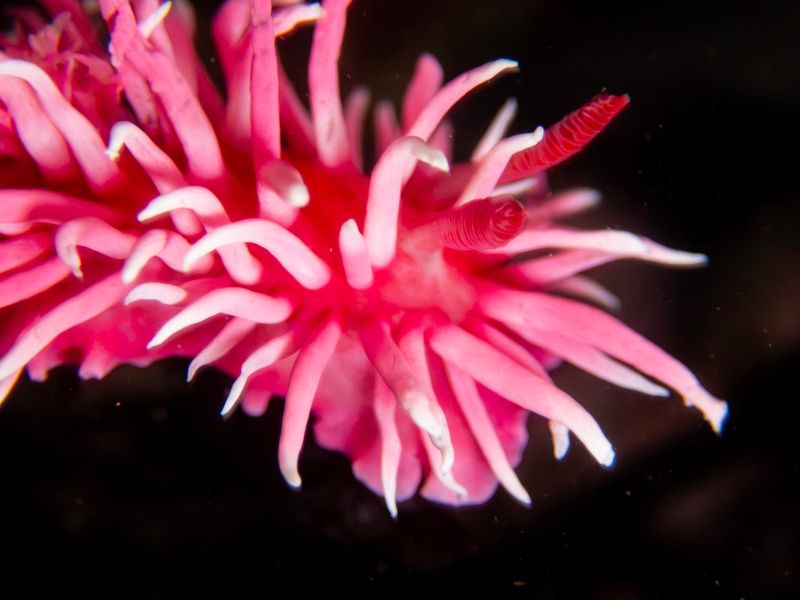
Imagine encountering a creature that seems to have come from an artist’s palette. The pink armored sea slug dazzles with its vivid hue and intricate patterns. It glides gracefully through the ocean, its soft appendages waving like delicate streamers in the water.
This slug isn’t just beautiful; it’s a marvel of adaptation, with a body designed to blend seamlessly into coral reefs. Its pink color provides a unique camouflage that deceives predators, allowing it to thrive in its underwater habitat.
How incredible is it that such a small creature can possess such magnificent beauty and cunning defense mechanisms? Truly a testament to the wonders of evolution.
Pink Katydid
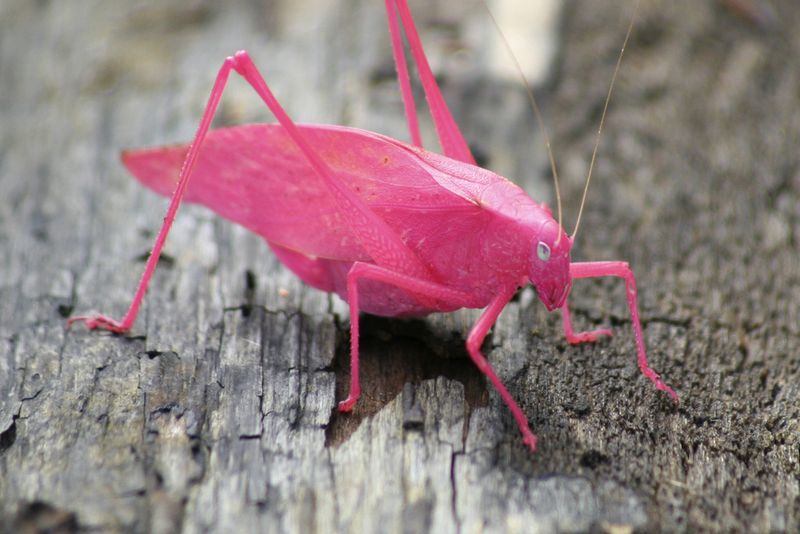
A rare sight, the pink katydid, is a marvel of genetic mutation, turning the ordinary green insect into a rosy wonder. This color anomaly often startles those who spot it in the wild.
Its vivid pink hue helps it blend into flowers, despite standing out on green foliage. Found sporadically in North America, these creatures are a testament to nature’s unpredictability.
Their gentle chirps add a soft melody to the garden, while their presence adds an unexpected splash of color to the landscape. Did you know? Pink katydids are a result of a condition called erythrism.
Pink Sea Star
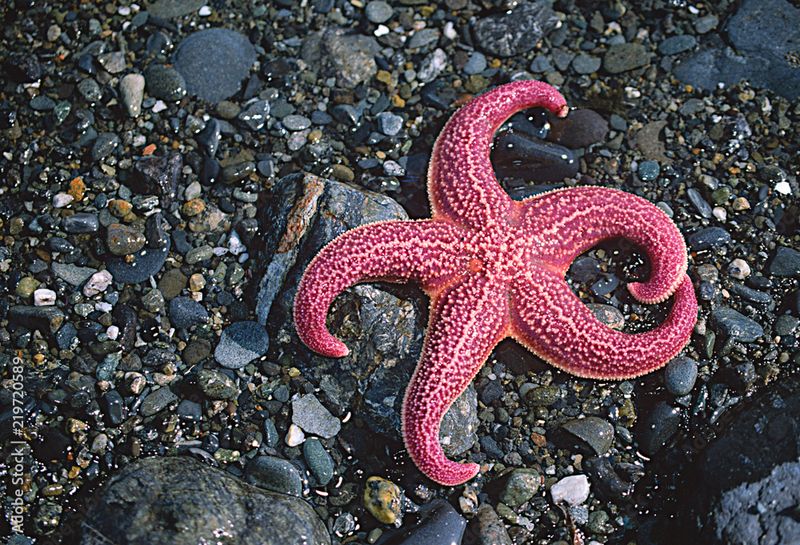
Beneath the ocean’s surface, the pink sea star adds a touch of enchantment to marine landscapes. Its star-like shape and pastel pink color make it one of the ocean’s hidden gems.
These sea stars, often found along rocky shores, display an intriguing method of movement using hundreds of tiny tube feet. Their resilience and ability to regenerate limbs add to their mystical allure.
Their presence is a reminder of the delicate beauty that thrives in the ocean’s depths. Fun fact: Sea stars can turn their stomachs inside out to eat!
Honduran Rose Tarantula

Not your typical cuddly creature, the Honduran rose tarantula captivates with its pinkish hue and delicate demeanor. Despite their fearsome reputation, these spiders are often docile and calm.
With a velvety body covered in pink hairs, they make fascinating pets for those intrigued by the arachnid world. Their slow and deliberate movements are captivating to watch.
In the wild, they inhabit the forest floors of Honduras, adding a pop of color to the undergrowth. Did you know? Tarantulas can live for over 20 years in captivity!
Pink Fairy Armadillo
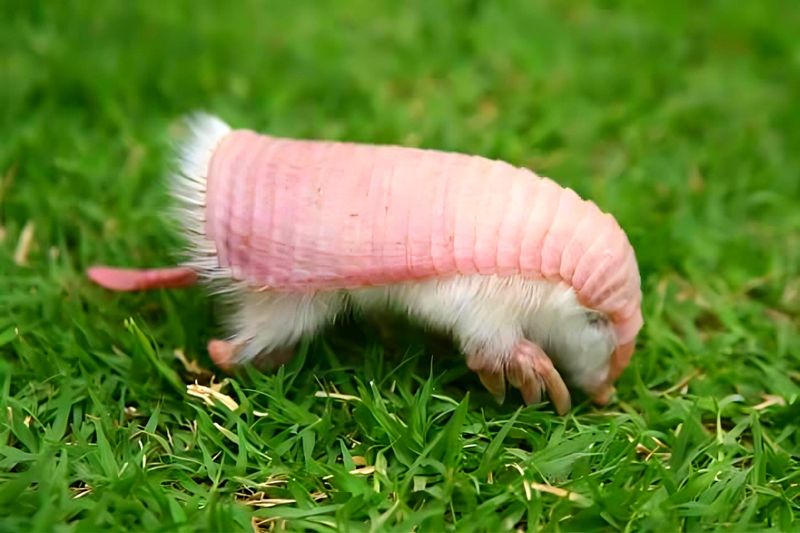
As elusive as it is enchanting, the pink fairy armadillo is a creature of mystery. Its compact size and pale pink shell make it look like a creature from a fantasy tale.
Found in the sandy plains of Argentina, these diminutive armadillos are adept diggers, using their powerful claws to navigate the underground world. Their pink shell provides protection and a touch of charm.
With a lifestyle largely hidden from view, spotting one is a rare and treasured experience. Fun fact: They’re the smallest species of armadillo!
Orchid Mantis
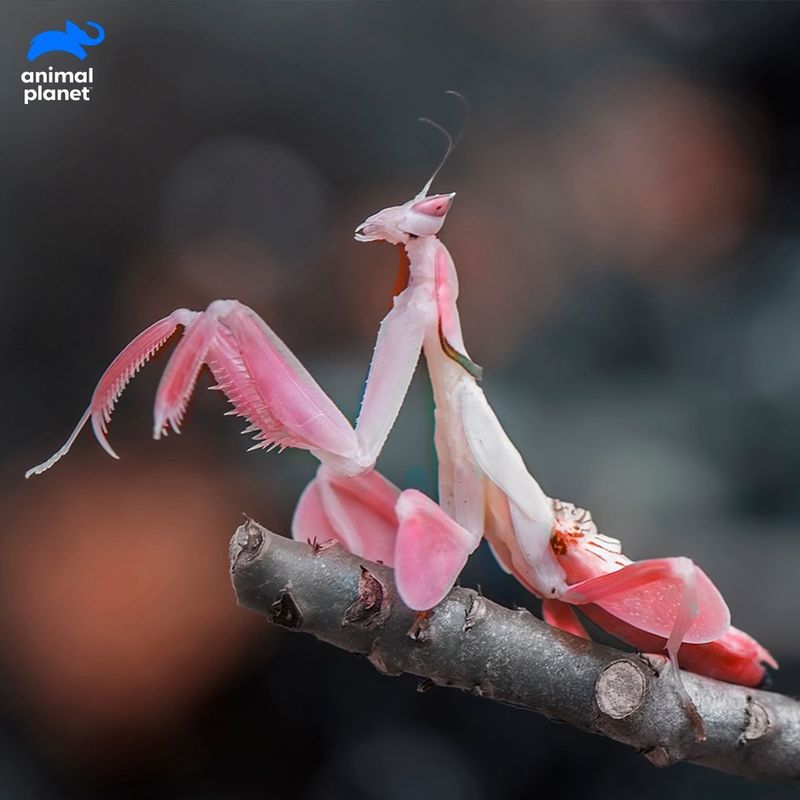
A master of disguise, the orchid mantis is a vision in pink, perfectly mimicking the petals of the flowers it inhabits. This camouflage serves as both protection and an effective hunting strategy.
Found in the rainforests of Southeast Asia, their resemblance to orchids is uncanny, making them nearly invisible to predators and prey alike. Their graceful movements only add to their floral illusion.
These insects are not just beautiful but also incredibly skilled hunters. Did you know? Orchid mantises can capture prey three times their size!
Pink Grasshopper
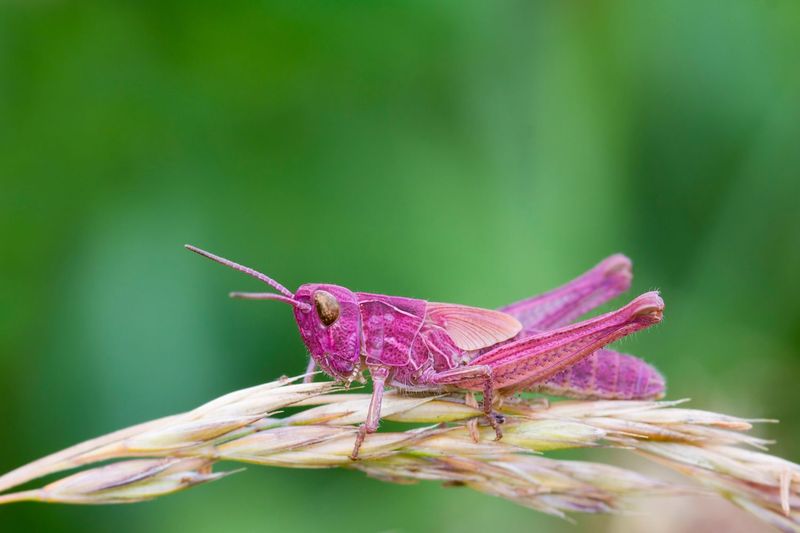
A rarity among its kind, the pink grasshopper stands out boldly against the greenery, a result of a genetic mutation known as erythrism. This vibrant hue makes them both a spectacle and vulnerable in the wild.
Despite their conspicuous color, they are agile jumpers, quickly vanishing from sight. Found sporadically across various habitats, their pink coloration creates a stark contrast with the usual green landscape.
Their presence offers a glimpse into nature’s genetic artistry. Fun fact: Pink grasshoppers are often mistaken for being a separate species!
Pink Skunk Clownfish
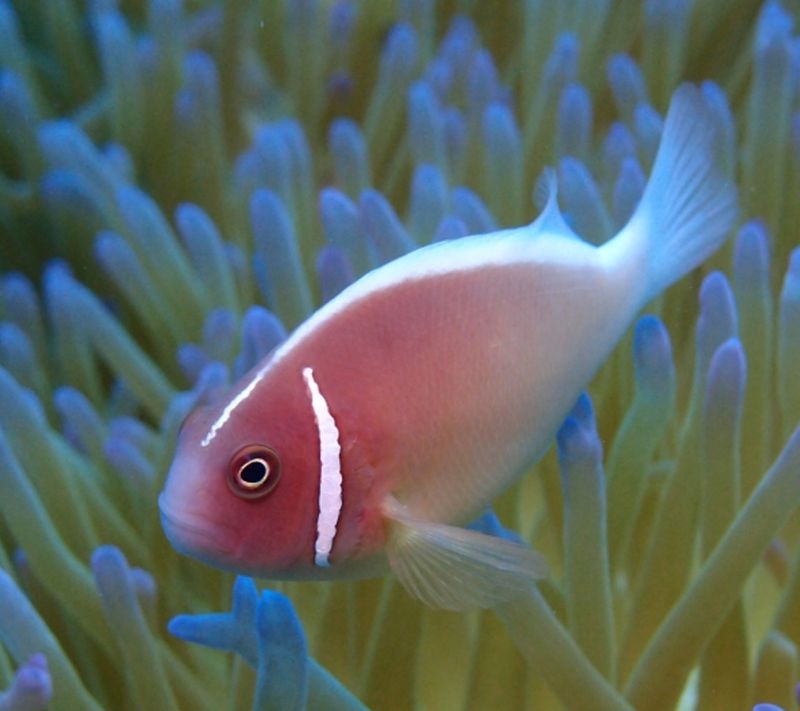
Within the warm embrace of coral reefs, the pink skunk clownfish dances among the tentacles of sea anemones. Their pink hue and distinctive white stripe create a striking visual against the colorful underwater backdrop.
These fish are not only beautiful but also exhibit fascinating symbiotic relationships with their anemone hosts, providing protection in exchange for food scraps.
Their playful swimming patterns and vibrant colors make them a favorite among divers and marine enthusiasts. Did you know? Clownfish can change gender based on their social environment.
Pink Robin
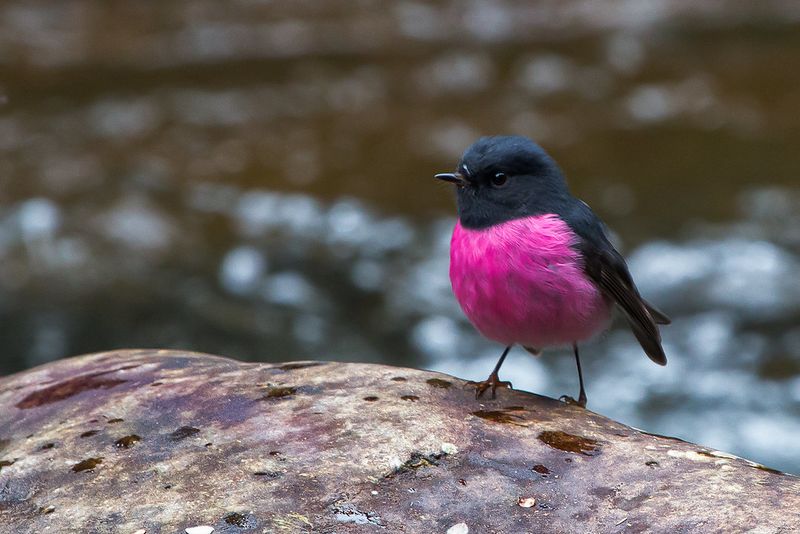
In the dense forests of Tasmania, the pink robin flutters gracefully, its rosy breast captivating all who catch a glimpse. These small birds are a vivid reminder of the beauty that thrives in remote places.
Their gentle song adds a melodious touch to the forest ambiance, harmonizing with the rustling leaves and chirping insects. Despite their bright color, they can be quite elusive, blending into the dappled light of the forest.
Spotting one is a delight, a rare treat for bird watchers. Fun fact: Pink robins are only found in specific regions of Australia!
Pink Corn Snake
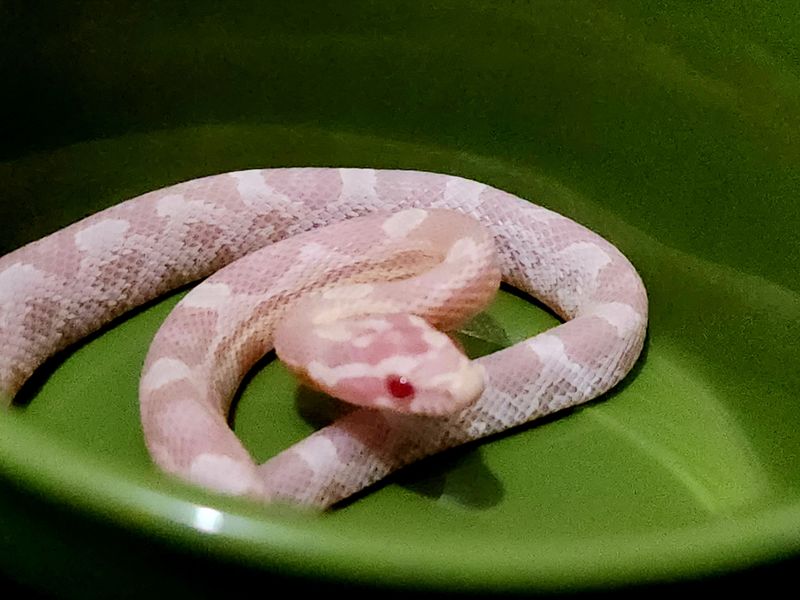
The pink corn snake’s smooth scales and striking color pattern make it a popular choice among reptile enthusiasts. Its gentle nature belies the striking appearance, drawing admiration rather than fear.
These snakes, often found in the southeastern United States, exhibit a gentle temperament and adaptability. Their pink coloration is a result of selective breeding, making them a delight for collectors and hobbyists.
They navigate their habitats with sleek movements, a true marvel of reptilian grace. Did you know? Corn snakes got their name from the pattern on their belly scales, resembling maize!
Pink Pigeon
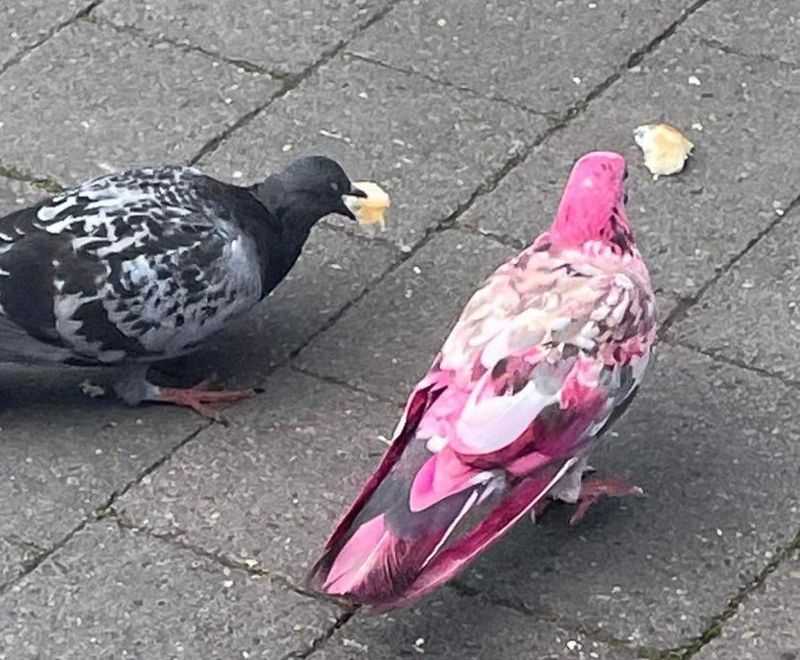
The pink pigeon is a symbol of hope and conservation success, surviving despite the odds. Native to Mauritius, these birds boast a delicate pink plumage that stands out against the island’s verdant landscapes.
Their gentle coos echo through the forest, a reminder of the fragile beauty they embody. Efforts to protect them have led to their numbers slowly recovering, a testament to conservation success.
These pigeons inspire awe and admiration, a living testament to nature’s resilience. Did you know? The pink pigeon was once on the brink of extinction!
Pink Sea Cucumber
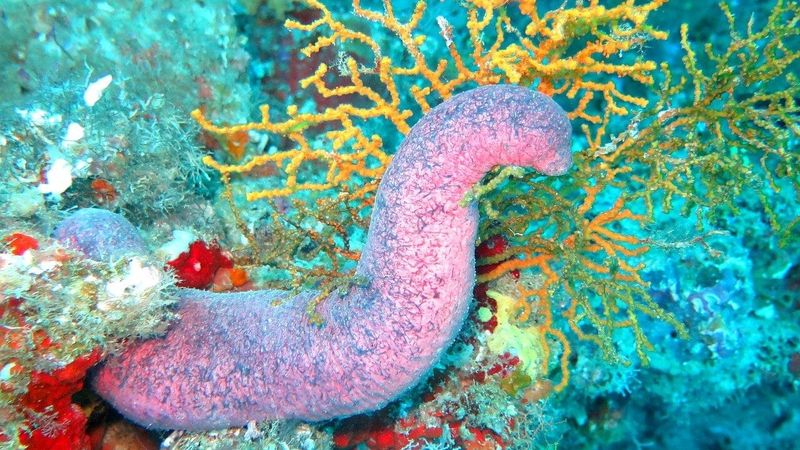
The pink sea cucumber may not be your average marine beauty, but it plays a crucial role in ocean health. Its soft, tubular body processes the ocean floor, maintaining the delicate balance of the marine ecosystem.
Despite its unassuming appearance, its pink hue adds a splash of color to the seabed. Found in diverse ocean habitats, they are essential for recycling nutrients and cleaning the ocean floor.
Their simple beauty and vital role make them an intriguing subject for marine biologists. Fun fact: Sea cucumbers can eject their internal organs as a defense mechanism!
Pink Dragon Millipede
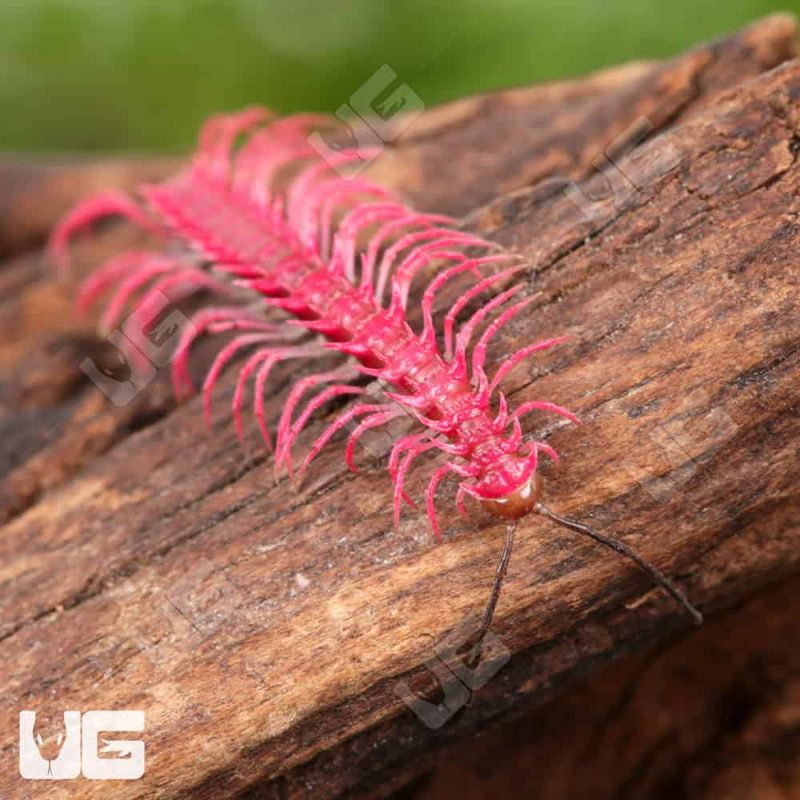
In the lush forests of Thailand, the pink dragon millipede curls its vibrant body, resembling a tiny dragon from a fantasy story. With its shocking pink color, it deters predators with both appearance and chemical defenses.
These millipedes release hydrogen cyanide when threatened, a potent reminder of their defensive capabilities. Despite their small size, they play a big role in the forest’s decomposing process.
Their vivid color makes them a standout, a rare find for those exploring the forest floor. Did you know? Pink dragon millipedes were only discovered in 2007!
Pink Long-Spined Sea Urchin
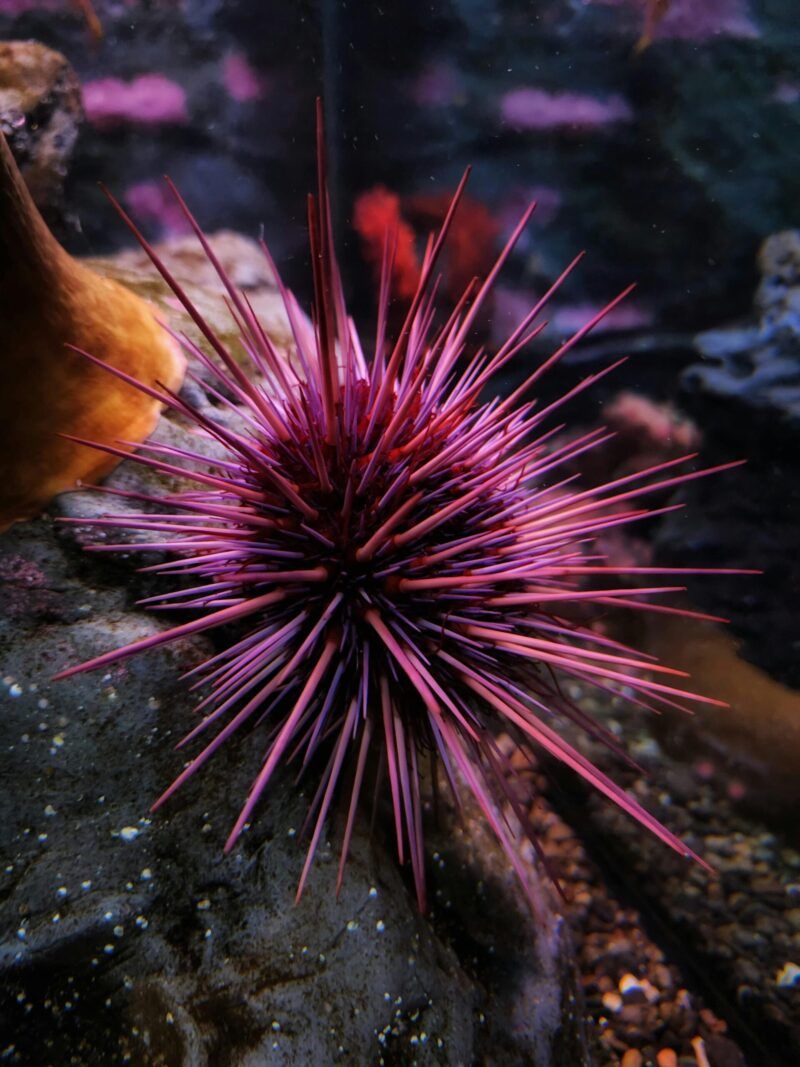
Nestled within rocky crevices, the pink long-spined sea urchin stands out with its vibrant spines. This marine creature’s striking appearance is both a defense mechanism and a visual delight, offering a glimpse into the ocean’s aesthetic wonders.
Its spines aren’t just for show; they provide protection and aid in locomotion across the ocean floor. The pink hue adds a surreal touch to its formidable presence, making it a subject of fascination for divers and marine biologists alike.
How does such a seemingly simple organism manage to captivate with its blend of beauty and practicality? The pink long-spined sea urchin is a masterpiece of marine life.

